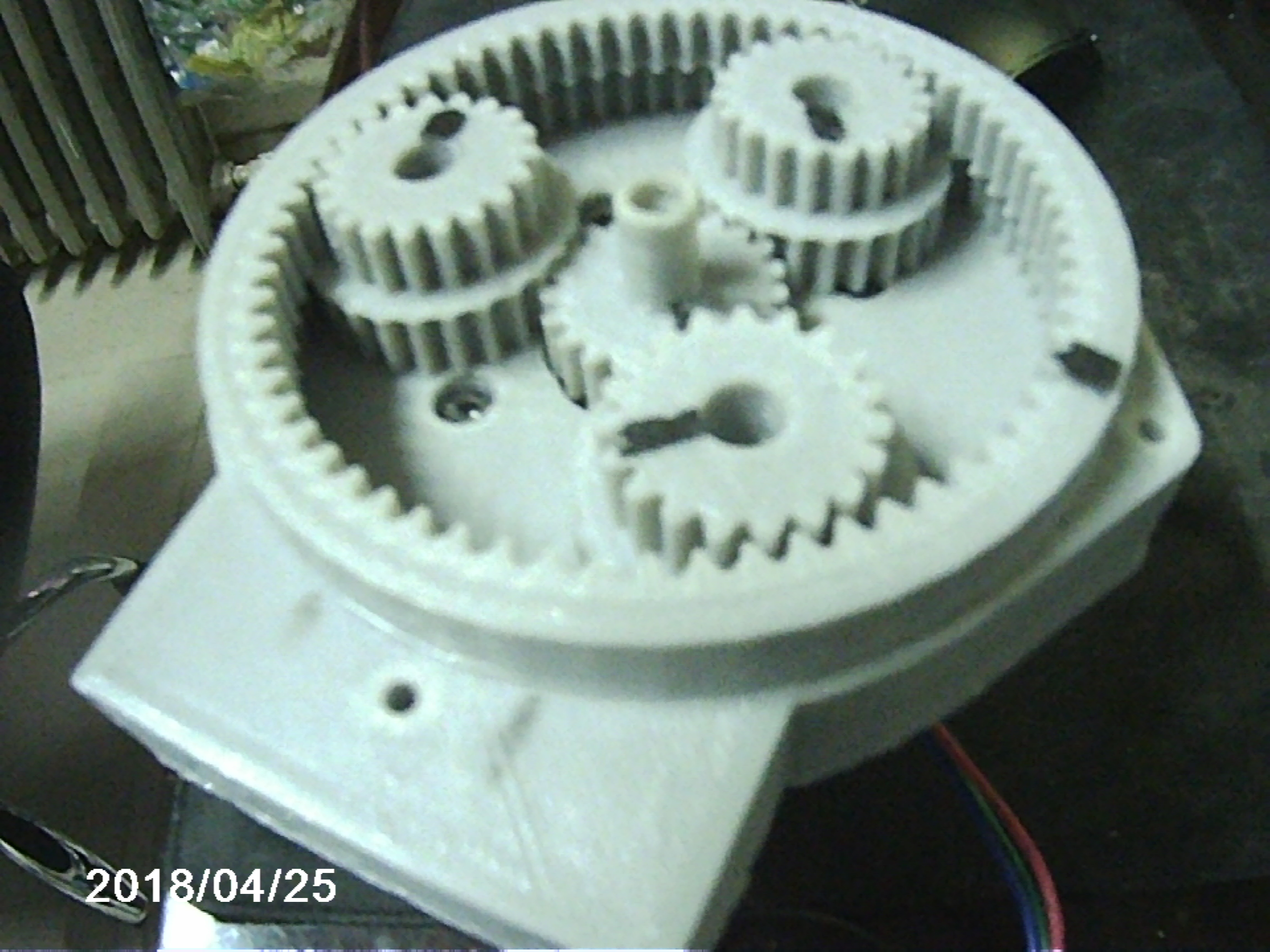

Intuitive method for deriving equations of motion for
epicyclic planetary gears by using rotation analysis.
by
Matt W. Buse
mrbuseco@buseco.net
Get the most current version available in .pdf format here.
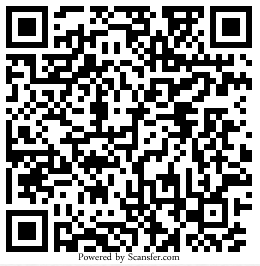

$2 Donation Appreciated
 
|
Intuitive method for deriving equations of motion for epicyclic planetary gears by using rotation analysis. by Matt W. Buse mrbuseco@buseco.net Get the most current version available in .pdf format here. |
  $2 Donation Appreciated |
Abstract
It has been said that deriving the formulas for the ratios between the various gears of an epicyclic planetary gear system is non-intuitive and "taxes the human intellect" [1] To say the least. Internet searches for "How to" proved fruitless and dare I say information is being withheld, so this programmer set out to de-mystify the methods for calculating the widely used equations of motion for epicyclic planetary gear systems as referenced on the internet but never proven.
If you hate to see people getting rich by withholding knowledge then please help me. You can use this paper however you wish. You can re-distribute. You can archive on your servers, but please include the donation request. If you find this paper useful please consider a donation. Suggested donation is just $2 via PayPal to mrbuseco@buseco.net If you are an educator you are free to use it and distribute to students and donate as you think is fair. Please, anything will help. Thank you for considering. Sincerely, Matt W. Buse
Figure 1. A typical epicyclic planetary gear systemBy reason of the planet gears being connected to two other gears, carrier rotation is affected by two gear chains: (a) Sun-Planet-Carrier and (b) Ring-Planet-Carrier.
Figure 2. Sun-Planet-Carrier
 |
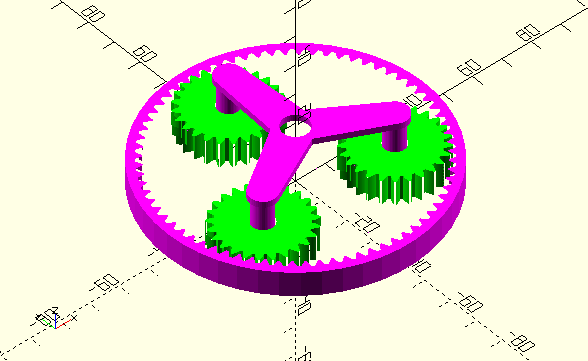 |
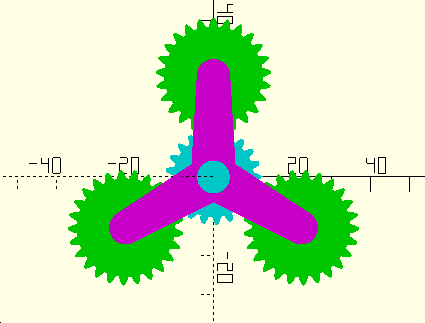 We will first analyze Figure 2, the Sun-Planet-Carrier interaction. Let us
remove the ring gear for the sake of clarity. Many "geared spinner" toys or
3D printable gearboxes are of such configuration and may be used to follow
the mechanics described herein. Something the reader is encouraged to do as
such activity led to this method of deriving the equations of motion.
We will first analyze Figure 2, the Sun-Planet-Carrier interaction. Let us
remove the ring gear for the sake of clarity. Many "geared spinner" toys or
3D printable gearboxes are of such configuration and may be used to follow
the mechanics described herein. Something the reader is encouraged to do as
such activity led to this method of deriving the equations of motion.
First, we ask what happens if we just rotate the sun gear while the planets
do not spin? If the planets do not spin then the system becomes a rigid
body and the carrier would turn in unison by the same angle by which we
turn the sun gear. We use the word "turn" for a gear to mean rotation about
the central axis of that gear by some angle. It is completely analogous to
angular velocity (ω) and can be used interchangeably therewith. Other
variable definitions used throughout and herein are:
If we rotate only the sun gear with planets locked we see simple rigid body rotation:
Turns of the Sun=Ts
Turns of the Ring=Tr
Turns of the Planet=Tp
Turns of the Carrier=TcNumber of teeth on sun = Ns
Number of teeth on ring = Nr
Number of teeth on planet = Np
 Figure 4. Positions before rigid body rotation. |
 Figure 5. Positions after rigid body rotation. |
 Figure 6. Positions before turning planets |
 Figure 7. Positions after turning planets |
 Figure 8. Components of Carrier rotation attributable to Sun-Planet-Carrier interactions |
| Formula 1 |
 |
 Now we must determine the
rotation relationship in the Ring-Planet-Carrier
interaction. Let us add back the ring gear and remove the sun gear for
clarity. As we did with the sun gear we will now turn the ring gear and not
turn the planets. And again since the planets do not turn the apparatus
becomes a rigid body and rotates in unison.
Now we must determine the
rotation relationship in the Ring-Planet-Carrier
interaction. Let us add back the ring gear and remove the sun gear for
clarity. As we did with the sun gear we will now turn the ring gear and not
turn the planets. And again since the planets do not turn the apparatus
becomes a rigid body and rotates in unison.
 Figure 9. Positions before rigid body rotation. |
 Figure 10. Positions after rigid body rotation. |
 Figure 11. Positions before turning planet. |
 Figure 12. Positions after turning planet. |
 Figure 13. Net effect (in yellow) of Ring and Planet turn on Carrier Rotation |
| Formula 2 |
 |
| We now have the two formulas: |
 |
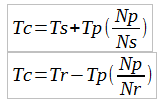
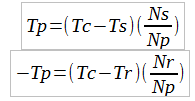

We re-arrange again:
Formula 3 
(Multiply the right hand side by -1/-1 just so we can match some published equations)
Formula 4 
And finally we achieve the standard equations [2] for describing the relationship between ratios of turns in an epicyclic planetary gear system. We can use the above equations to generate derivative, yet equivalent equations of motion depending on our needs.



  $2 Donation Appreciated |
If you found this paper useful in learning about gears please consider making a small donation. Just $2 could make a huge difference and make much more such material available. PayPal ID: mrbuseco@buseco.net Text and images are available under the Creative Commons Attribution-ShareAlike License; additional terms may apply. |
  $2 Donation Appreciated |